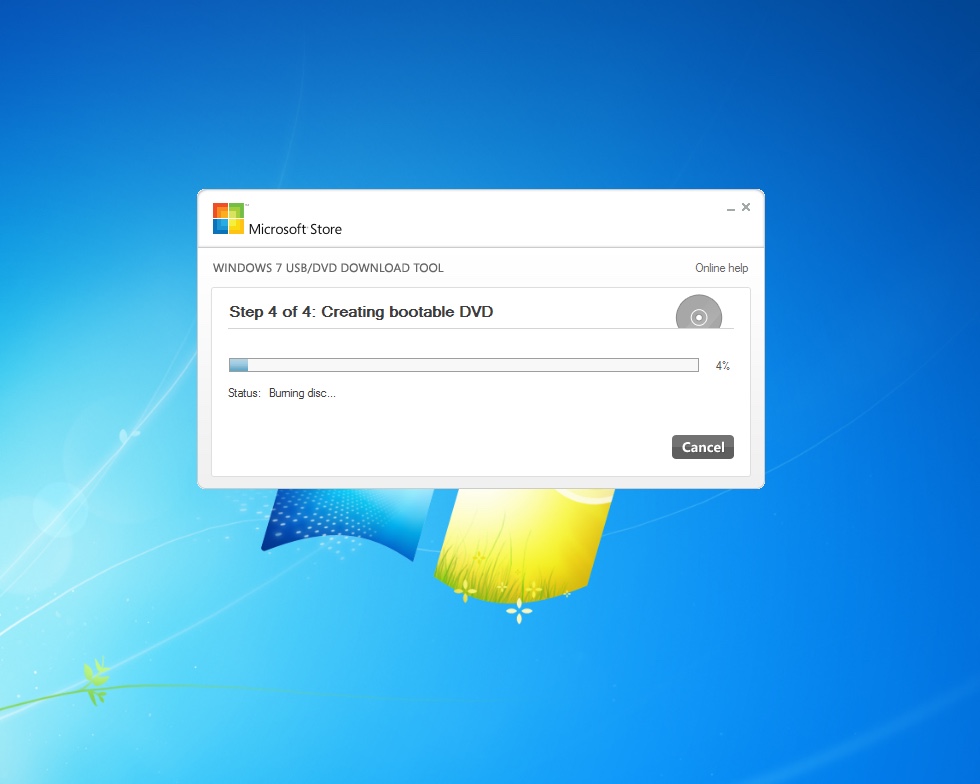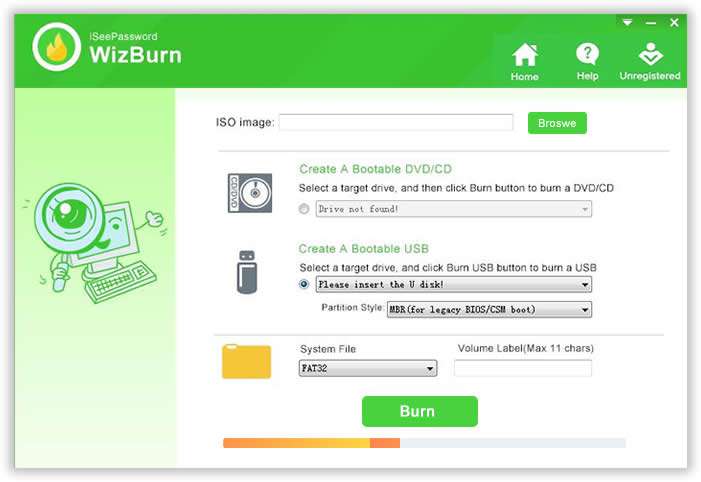
If you don’t have a CD/DVD drive, external drive, or original media, you can also download ISO files online and create a bootable or even multi-bootable USB stick from them.

Install the burning software, insert the data medium to create an ISO file from, and configure the settings including the storage location. To create ISOs from files, programs, or systems, it is best to use programs such as IMGBurn or CDBurnerXP. However, you can use a Windows ISO for operating systems only with a valid license and product key.

This works in Windows as well as Linux and Mac. Follow the instructions of the Windows tool wizard to create an ISO for Windows 10 or 11 or install upgrades. If you haven’t downloaded it yet, you can do so from Microsoft’s website for free. In Windows, you can create an ISO file with the Media Creation Tool.

In Linux/Ubuntu you can open or “mount” an ISO via the terminal as a new virtual drive. Use the Finder in macOS or right-click “Deploy” in Windows (as of Windows 8). Fast access: Opening an ISO file is easy enough.You can simply store and archive large files including photos or videos as ISO files on external, local, or USB drives. No physical disks: When you’re using important data, software, or operating systems in the form of an ISO file, you don’t need to store any physical data carriers to recover the data.

ISO file creation has several advantages:


 0 kommentar(er)
0 kommentar(er)
